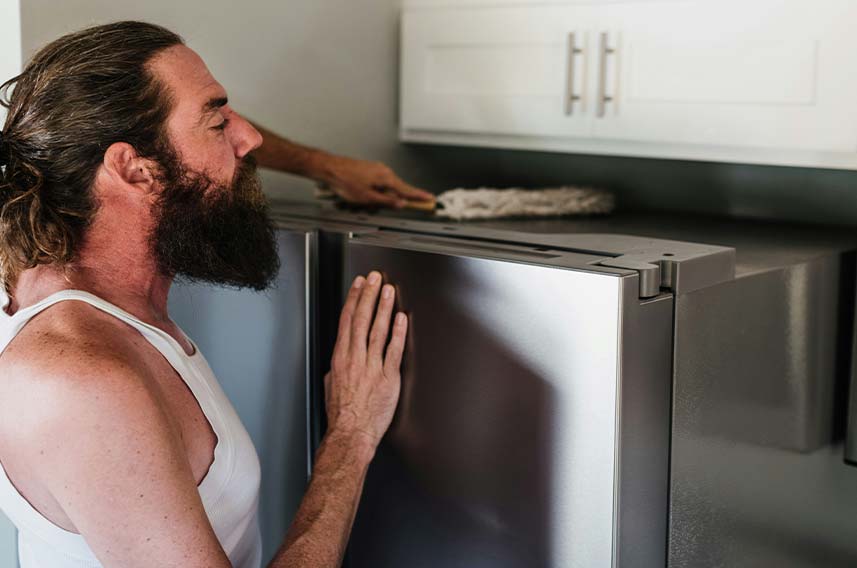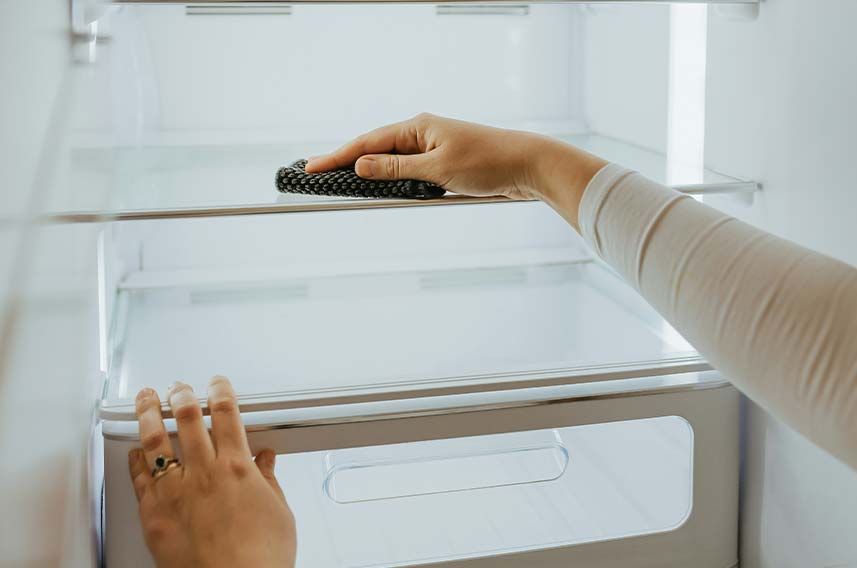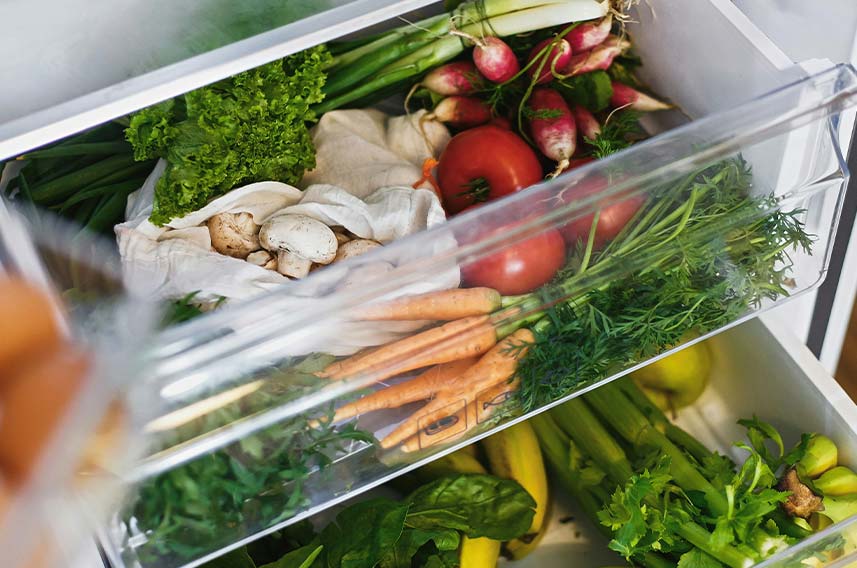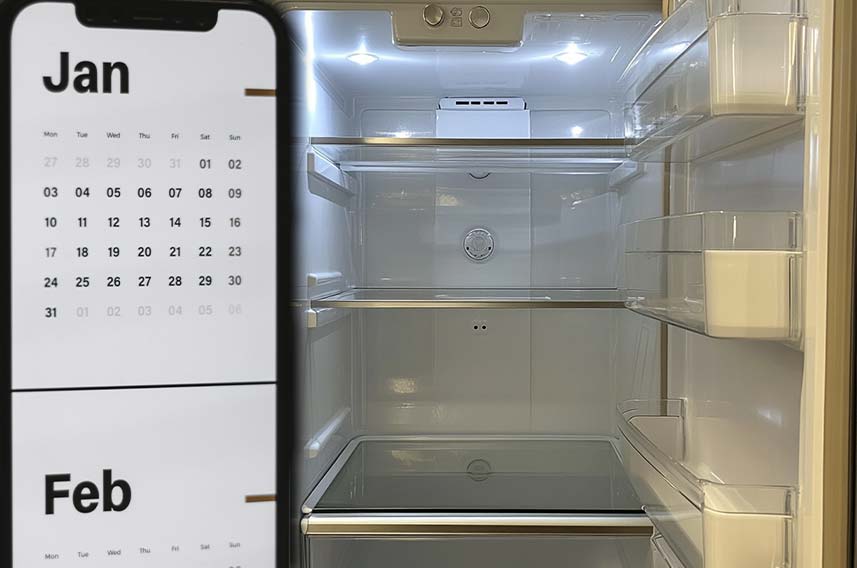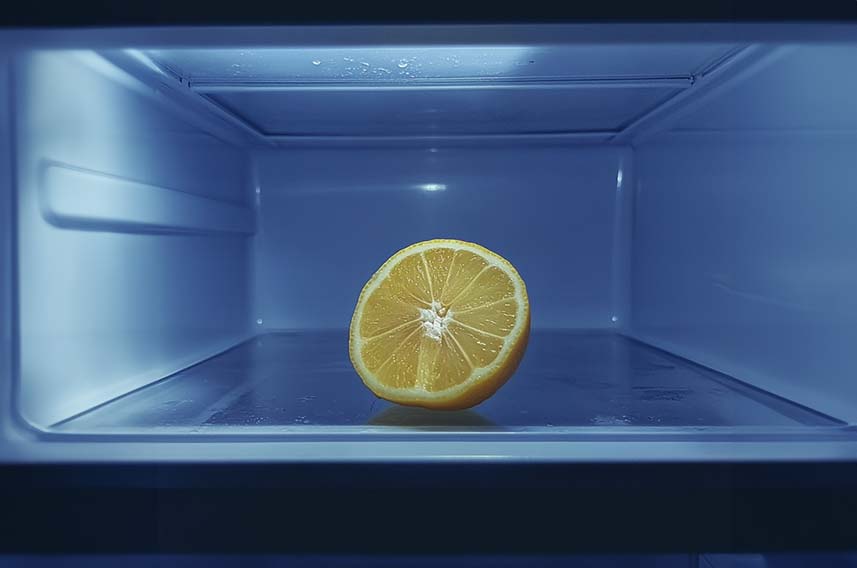Tel: 01474 876800 • Client Portal
- Who We Are
- What We Do
- Build
- Carpentry
- Building Works
- Commercial Flooring
- Commercial Glazing
- Commercial Locksmith
- Commercial Painting & Decorating
- Commercial Plastering
- Commercial Plumbing
- Commercial Refurbishment
- Commercial Roofing
- Design & Construction
- Electrical Installation
- Hard & Soft Landscaping
- Mechanical & Electrical
- Office Builders
- Office Fit Outs
- Office Heating
- Office Partitioning
- Office Relocation
- Site Management
- Maintain
- 24 Hour Helpdesk
- Access Control
- Air Conditioner Repair
- Air Conditioning Servicing
- Commercial Boiler Servicing
- Commercial Electricians
- Commercial Ground Maintenance
- Commercial Pest Control
- Commercial Property Maintenance
- Drain Unblocking
- Emergency Callouts
- Emergency Light Testing
- Facilities Management
- Fire Alarm Testing
- Fire Extinguisher Testing
- Fire Sprinkler Testing
- Fixed Wire Testing
- Handyman Service
- Lift Servicing
- Office Health & Safety
- PAT Testing
- Planned Preventative Maintenance
- Reactive Maintenance
- Roof Maintenance
- TMV Maintenance
- Water Hygiene
- Clean
- Build
- How We Do It
- Why Use Us
- Contact
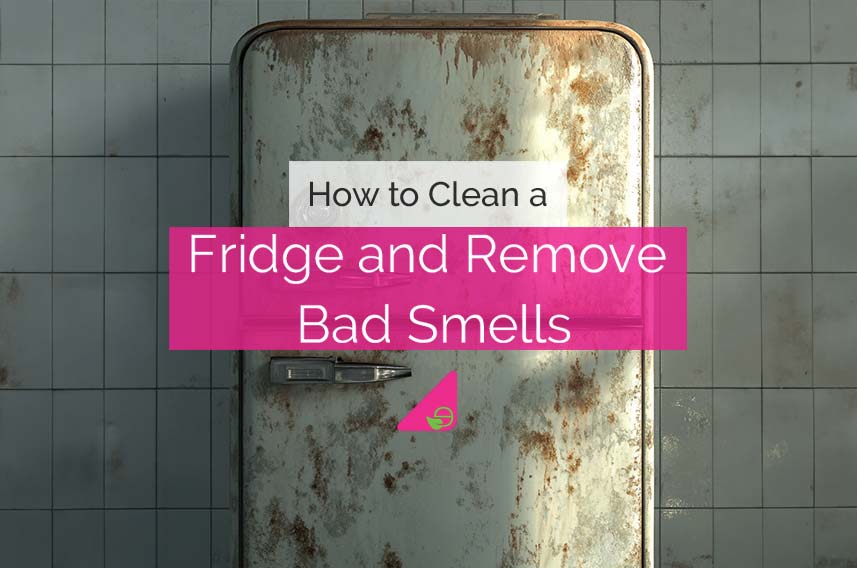
How to Clean a Fridge and Remove Bad Smells
A clean fridge not only looks better but also keeps food fresher.
Over time, spills, crumbs, and food residues can accumulate inside and outside your fridge, leading to bad smells.
Knowing how to clean fridge interiors and exteriors will help maintain a hygienic environment, prevent the growth of bacteria, and ensure your food stays fresh longer.
This article will walk you through how to clean both the inside and outside of your fridge, remove bad smells, and keep it smelling fresh.
Table of Contents
How to Clean the Outside of a Fridge
Cleaning the outside of your fridge is an easy but important task that helps maintain its appearance and efficiency.
Here’s a simple guide on how to do it:
Unplug the Fridge
Before starting, unplug the fridge to avoid any electrical accidents.
This is especially important if you’re cleaning around the fridge’s electrical components.
Wipe Down the Surfaces
Use a mild cleaning solution or a mixture of dish soap and warm water.
Dampen a soft cloth with the solution and wipe down the fridge’s exterior, including the sides, front, and door handles.
Avoid using abrasive materials that can scratch the surface.
Clean the Refrigerator Handle
The handle is a high-touch area that can accumulate grime and fingerprints.
Pay extra attention to this area by scrubbing it gently with a cloth and cleaning solution.
Clean Stainless Steel Surfaces
If your fridge has stainless steel doors, use a specialised stainless steel cleaner or a mixture of vinegar and water.
Spray the cleaner on a cloth (not directly onto the fridge) and buff the surface to prevent streaks and maintain a shiny finish.
Clean the Fridge Coils
Fridge coils are usually located at the back or bottom of the unit.
Dust and dirt can accumulate here, making the fridge less energy-efficient.
Use a vacuum with a brush attachment or a coil cleaning brush to remove debris.
Check the Drip Pan
Some fridges have a drip pan at the bottom.
Pull it out and clean it with warm, soapy water to prevent mould or bacteria growth.
How to Clean the Inside of a Fridge
Cleaning the inside of your fridge is essential for maintaining food hygiene, preventing bad odours, and ensuring your fridge operates efficiently.
Here’s a simple, step-by-step guide on how to clean your fridge effectively:
Empty the Fridge
Start by removing all food items from the fridge.
Check expiration dates and discard any items that are spoiled or no longer needed.
It’s a good opportunity to declutter and organize your fridge.
Remove Shelves and Drawers
Take out any removable shelves, drawers, and trays.
These parts can accumulate spills and crumbs, so it’s essential to clean them separately.
Wash them in warm, soapy water.
If there are stubborn stains, use a mixture of baking soda and water to scrub them clean.
Clean the Interior Surfaces
Once the shelves and drawers are removed, it’s time to clean the inside of the fridge.
Use a mixture of warm water and mild dish soap, or for a natural solution, mix equal parts water and vinegar.
Dampen a soft cloth or sponge with the solution and wipe down the walls, ceiling, and bottom of the fridge.
Make sure to reach all corners and crevices, where dirt and spills can accumulate.
For tough stains or sticky residue, sprinkle baking soda directly onto the affected area and scrub gently.
Baking soda is non-abrasive and will help lift stains without scratching the surface.
Clean the Door Seals
The rubber seals around the fridge doors can collect dirt and food particles.
Clean them with warm soapy water and a soft cloth, paying attention to any crevices where debris can get trapped.
If the seals are damaged, they may need to be replaced as this can cause the fridge to lose cold air, reducing efficiency.
Dry the Interior
Once all surfaces are cleaned, use a dry cloth or paper towel to wipe down the interior.
This prevents water from pooling inside the fridge and helps avoid the growth of mold or mildew.
Replace Shelves and Food
Once everything is dry, place the shelves and drawers back in place.
Organise your food items in the fridge, making sure not to overcrowd it.
Overcrowding can restrict airflow, causing the fridge to work harder and use more energy.
Why is it Important to Keep Your Fridge Clean?
Keeping your fridge clean is essential for several important reasons.
Food Safety
A clean fridge is crucial for food safety.
Spills, crumbs, and old food can harbour harmful bacteria like Salmonella and E. coli.
These bacteria can contaminate fresh food, leading to foodborne illnesses.
Regular cleaning helps prevent the growth of harmful germs and ensures that your food stays safe to eat.
Maintaining Freshness
A clean fridge helps keep your food fresher for longer.
When your fridge is free of spills and smells, food can be stored in the ideal conditions.
Bacteria and mould thrive in dirty environments, causing food to spoil faster.
By cleaning your fridge regularly, you can extend the shelf life of your food and avoid wasting items.
Energy Efficiency
Dirt and dust can accumulate on fridge coils, causing the appliance to work harder to maintain the correct temperature.
This extra strain can lead to higher energy bills.
Keeping your fridge clean ensures it runs efficiently, saving both energy and money.
Odour Control
Cleaning your fridge regularly removes the sources of bad smells in your fridge, keeping the air inside fresh and pleasant.
This is particularly important for preventing cross-contamination of food with unpleasant smells.
How Often Should You Clean Your Fridge?
You should always try to ensure your fridge is clean.
Here is an example of how often you should clean your fridge:
Weekly Cleaning
It’s a good idea to do a quick check and clean every week.
Wipe down any spills, remove expired items, and organise your food.
This helps prevent build-up and keeps things in order.
Every 1-2 Months
A more thorough cleaning should be done every 1-2 months.
This includes washing shelves and drawers, checking for mould, and cleaning any tough stains or food residue that may have accumulated.
Seasonal Cleaning
Every few months, do a deep clean of the entire fridge.
This involves cleaning the coils and drip pan.
It’s also a good time to do a food audit and toss anything that’s no longer needed.
When You Notice a Problem
If you notice bad smells, spills, or mould, clean the fridge immediately to prevent health risks.
Regular cleaning ensures your fridge runs efficiently and keeps your food fresh and safe.
What Causes Bad Smells in a Fridge?
Bad smells in a fridge are often caused by food residues, spills, or decay.
Here are common reasons:
Spoiled Food
The most common cause of bad smells in a fridge is spoiled food.
As food decays, it produces foul smelling gases.
Items like meat, dairy, and produce are particularly prone to spoiling, causing unpleasant smells.
Spills and Leaks
Liquids from spilled drinks, sauces, or food containers can seep into cracks or under shelves, leading to bacterial growth.
These hidden spills can emit strong, unpleasant odours if not cleaned up promptly.
Mould and Bacteria
Moisture in the fridge, combined with food spills or humidity, can lead to mould and bacteria growth.
Mould, especially, produces musty smells and can spread to nearby food.
Bacteria thrive in unclean environments.
Clogged Drains or Drip Pan
Some fridges have a drip pan or drain that collects moisture.
If these areas become clogged or dirty, they can develop mould or bacteria, causing a musty or sour smell.
Regular cleaning of these parts is essential to prevent this.
Improper Ventilation
Poor airflow can trap moisture and odours inside the fridge.
When the fridge is overcrowded or vents are blocked, it creates a stale environment that contributes to bad smells.
Proper organisation and ventilation help keep the air fresh.
How to Remove Bad Smells From Your Fridge
Removing bad odours from your fridge requires identifying the source and using the right cleaning methods.
Here are some steps to eliminate unpleasant smells:
Clean Thoroughly
The first step in removing bad smells from your fridge is to clean it thoroughly.
Empty the fridge, remove any expired or spoiled food, and check for spills.
Clean all shelves, drawers, and walls with warm soapy water or a mixture of water and vinegar.
This will remove food residue, bacteria, and mould that may be causing odours.
Pay special attention to corners and crevices where spills might have accumulated.
Use Baking Soda
Baking soda is excellent at neutralizing smells.
Place an open box or a small bowl of baking soda in the fridge to absorb unpleasant smells.
Leave it for 24 hours or more, and it will help eliminate the odour-causing particles.
Baking soda is non-toxic and safe to use around food.
Use White Vinegar
White vinegar is another effective solution for removing bad smells.
After cleaning the fridge, wipe down the interior with a cloth dampened in a mixture of water and white vinegar.
Vinegar acts as a natural deodoriser and disinfectant, killing bacteria and mould that may be contributing to the smell.
Activated Charcoal
Activated charcoal is highly effective at absorbing and removing odours.
You can place a few pieces of activated charcoal in a dish and place it in your fridge.
Charcoal works by trapping the particles that cause bad smells, leaving the fridge smelling fresh.
Use Fresh Lemon
Lemon is a natural deodoriser with a fresh, pleasant scent.
Place half a lemon on a plate and put it in the fridge.
The citrus aroma will help neutralise bad odours while leaving a fresh scent behind.
Conclusion
You should now know exactly how to clean fridge interiors and exteriors and remove any and all bad smells.
A clean fridge is essential for both hygiene and food preservation.
Regular cleaning prevents bacteria growth, reduces bad smells, and improves the efficiency of your appliance.
By following a simple cleaning routine, you can keep both the inside and outside of your fridge in top condition.
Remember to clean the fridge regularly, pay attention to spills, and use natural remedies like baking soda and vinegar to keep odors at bay.
With a little effort, your fridge can stay fresh and your food will remain safe for consumption.
For any information or advice, get in contact with us here at ECMS.
Request a Callback
Recent Posts
- How to Clean Painted Walls 01th Apr 2025
- How to Get Oil Stains Out of Carpet 01th Mar 2025
- How to Clean a Fridge and Remove Bad Smells 01th Feb 2025
- How to Get Coffee Stains Out of a Carpet 01th Jan 2025
- How to Clean Gutters Correctly 01th Dec 2024
- What is PAT Testing? 01th Nov 2024
- How to Clean an Oven 01th Oct 2024
- How to Remove Limescale from a Toilet 01th Sep 2024
- How Long Does a Boiler Service Take? 01th Aug 2024
- How to Clean Oven Glass 01th Jul 2024


